SUSTAINABILITY

Tuscany is a land of rolling hills, woods, rows of cypress trees and olive groves. We have our share of this treasure and are happy to live in this postcard landscape.
Farming in this beautiful hillside setting requires an understanding of our role as custodians of the natural environment and our duty to leave it as we found it, or perhaps even better! When we acquired Tenuta Cappellina, chemical fertilizers and pesticides were used in the vineyard, as on most farms. A decade of working the vineyards using organic and sustainable farming practices has removed all traces of chemicals, and you will now find a haven for wildlife both in the renaturalized areas of the estate, and among the vines in the vineyard.
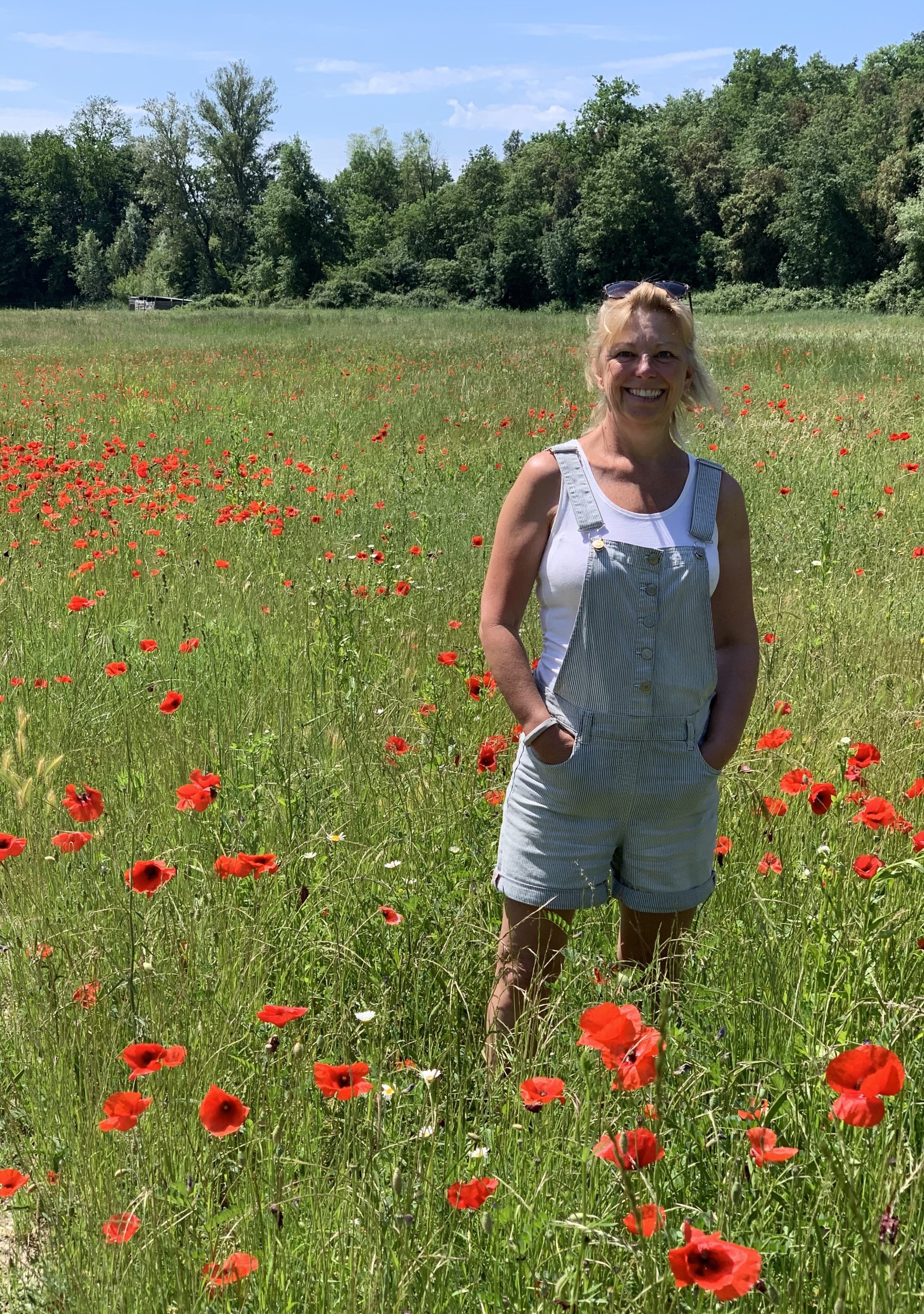
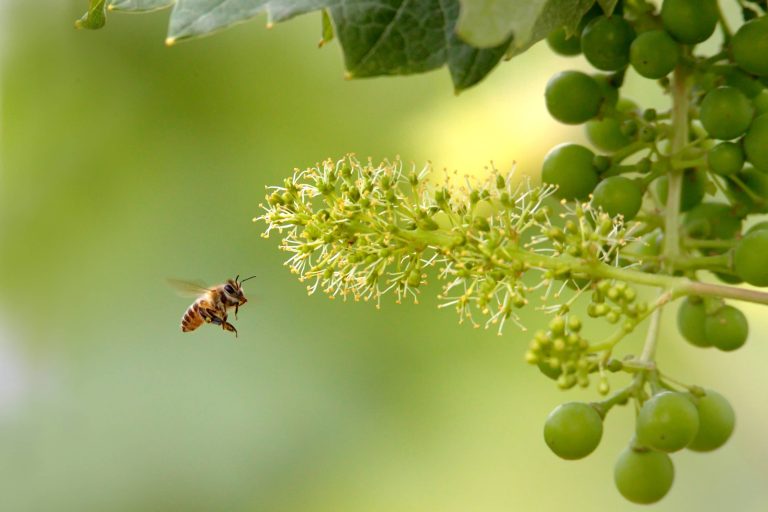

SUSTAINABILITY
IN THE VINEYARD
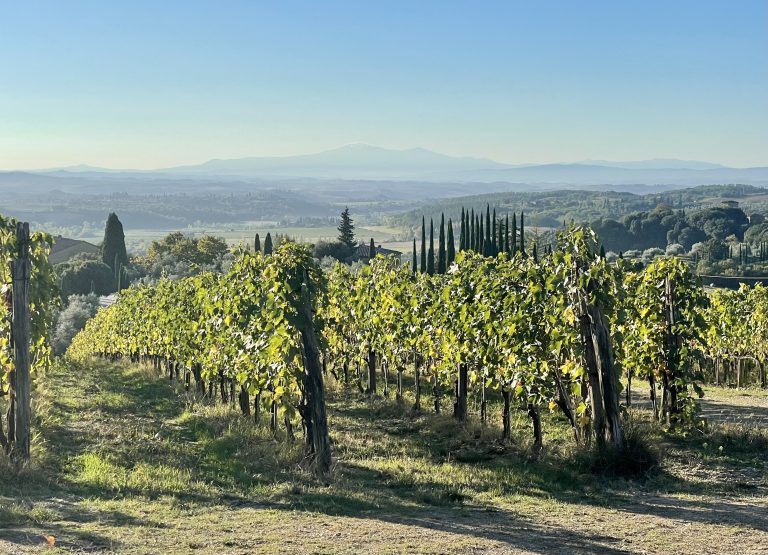
Sustainable farming practices require a balance between intervention and letting nature take its course. We monitor all of our vineyards to ensure a healthy environment for beneficial insects and wildlife, as well as test the soil to ensure the correct nutrient levels for the health of our vines. Cover crops planted between the rows improve the soil and promote biodiversity, and where we see poor productivity we use cow manure from local organic farms to fertilize and improve soil health.

CONSERVING NATURAL RESOURCES
The complexity of flavors in any wine can be attributed to the terroir in which it grows. We choose not to irrigate our vines, which forces them to sink their roots into the soil where mineral deposits from millions of years ago influence the style and taste of the wines. Where we need water is in the cellar, lots of it, to wash and keep the environment clean; and in the beautiful gardens of the Borgo, which we irrigate during the summer months.
To achieve this, we only use water drawn from our own wells dug deep into the earth and stored in large tanks at the top of the hill, taking advantage of the natural fall of our estate to bring the water where it is needed.
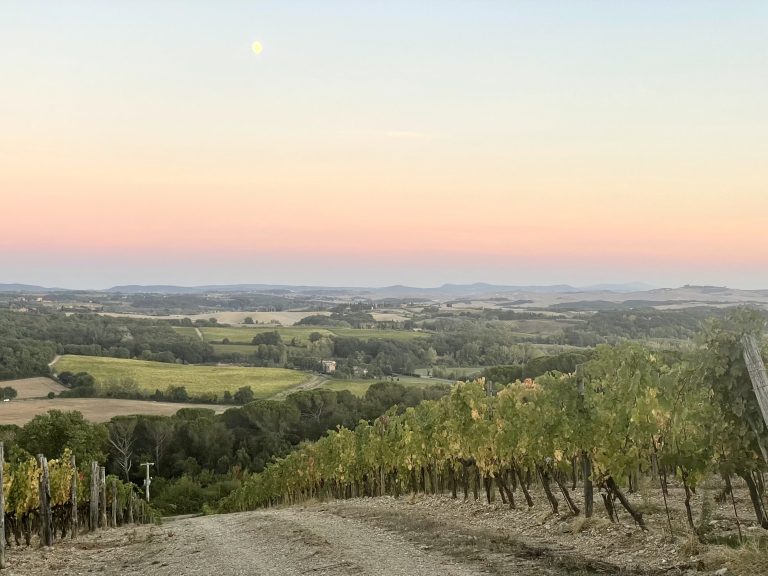
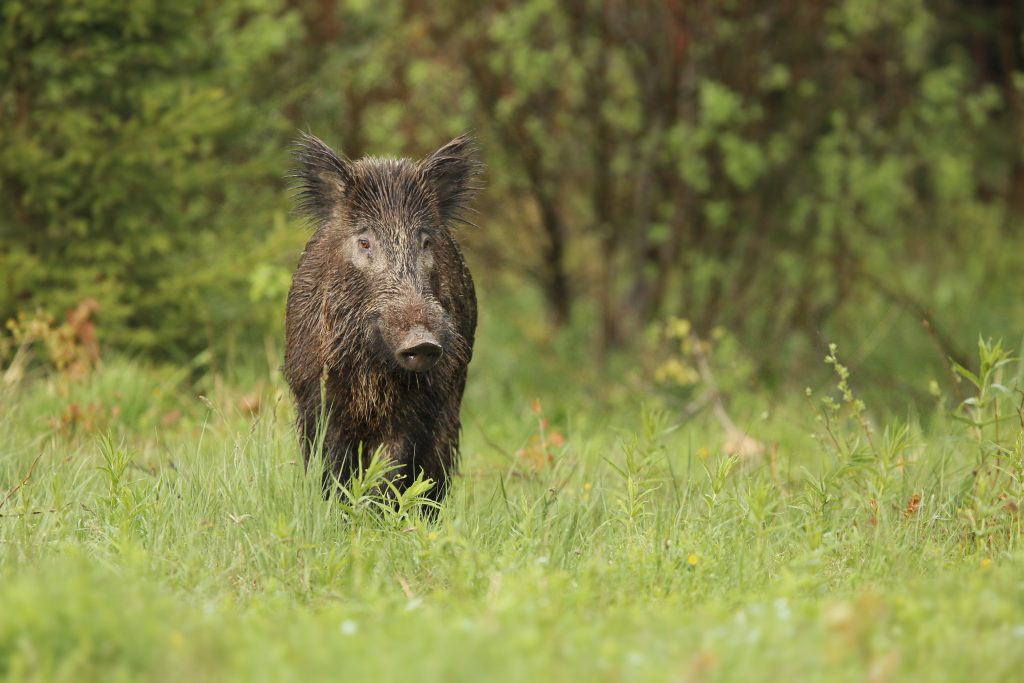
RENOVATED WOODS
In recent years we have allowed the company forests to thicken and return to a denser and more natural vegetation, which allows animals to thrive in their natural landscape. Here we find wild boars, deer, porcupines, martens, red squirrels and recently for the first time we had sightings of the Eurasian wolf.

